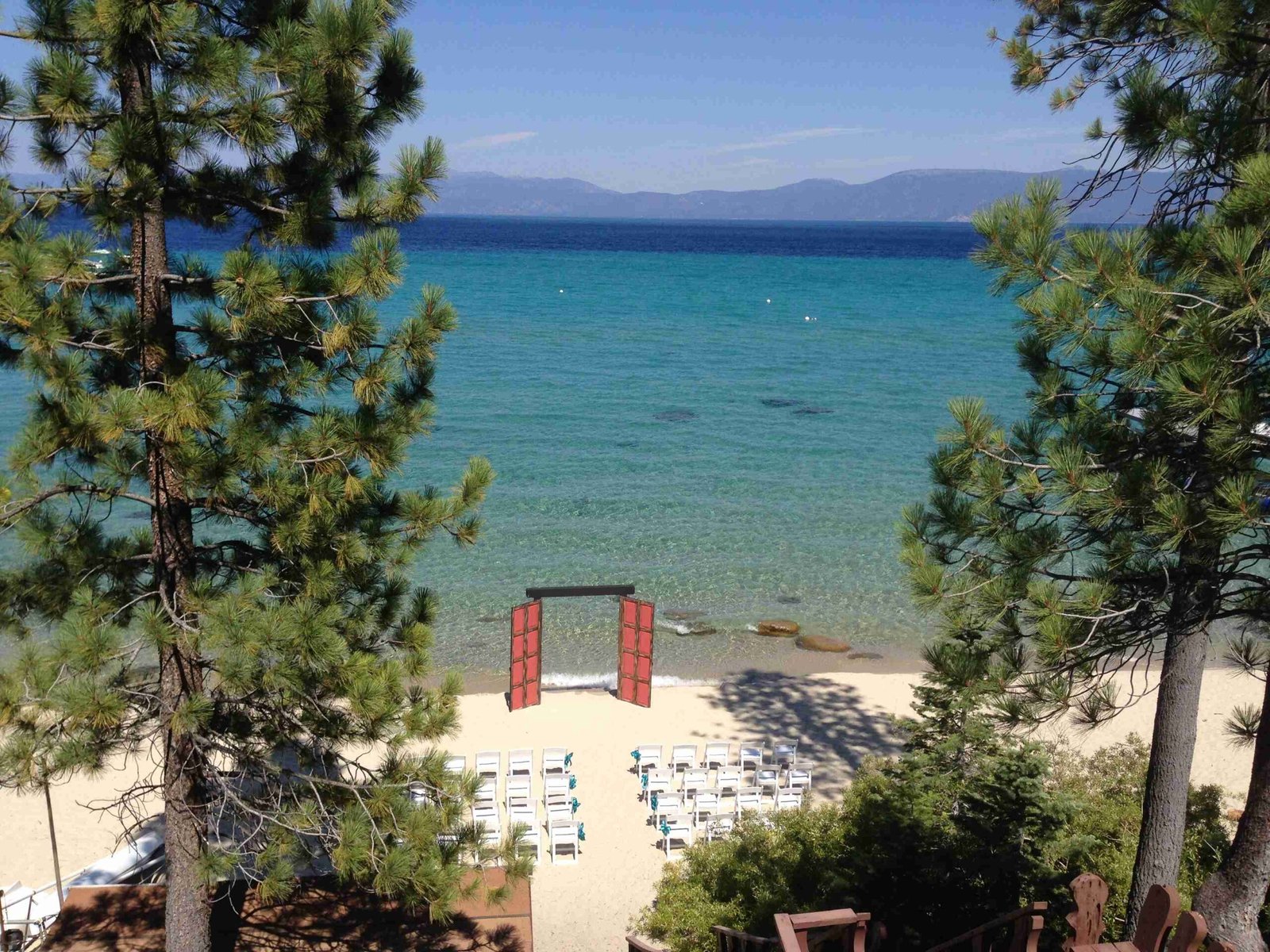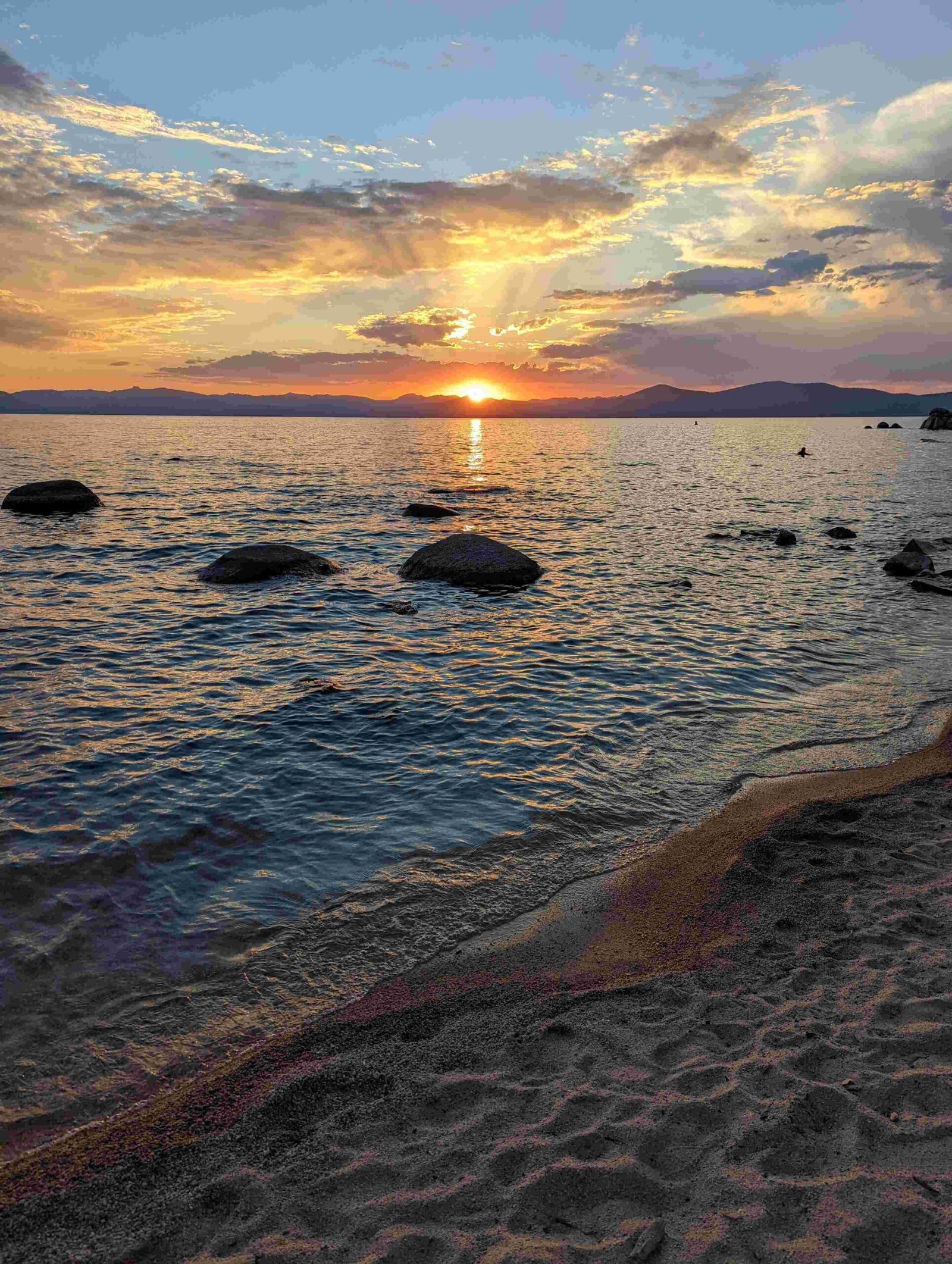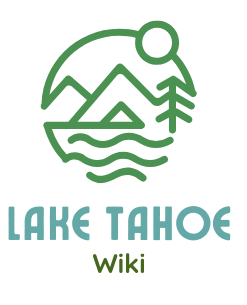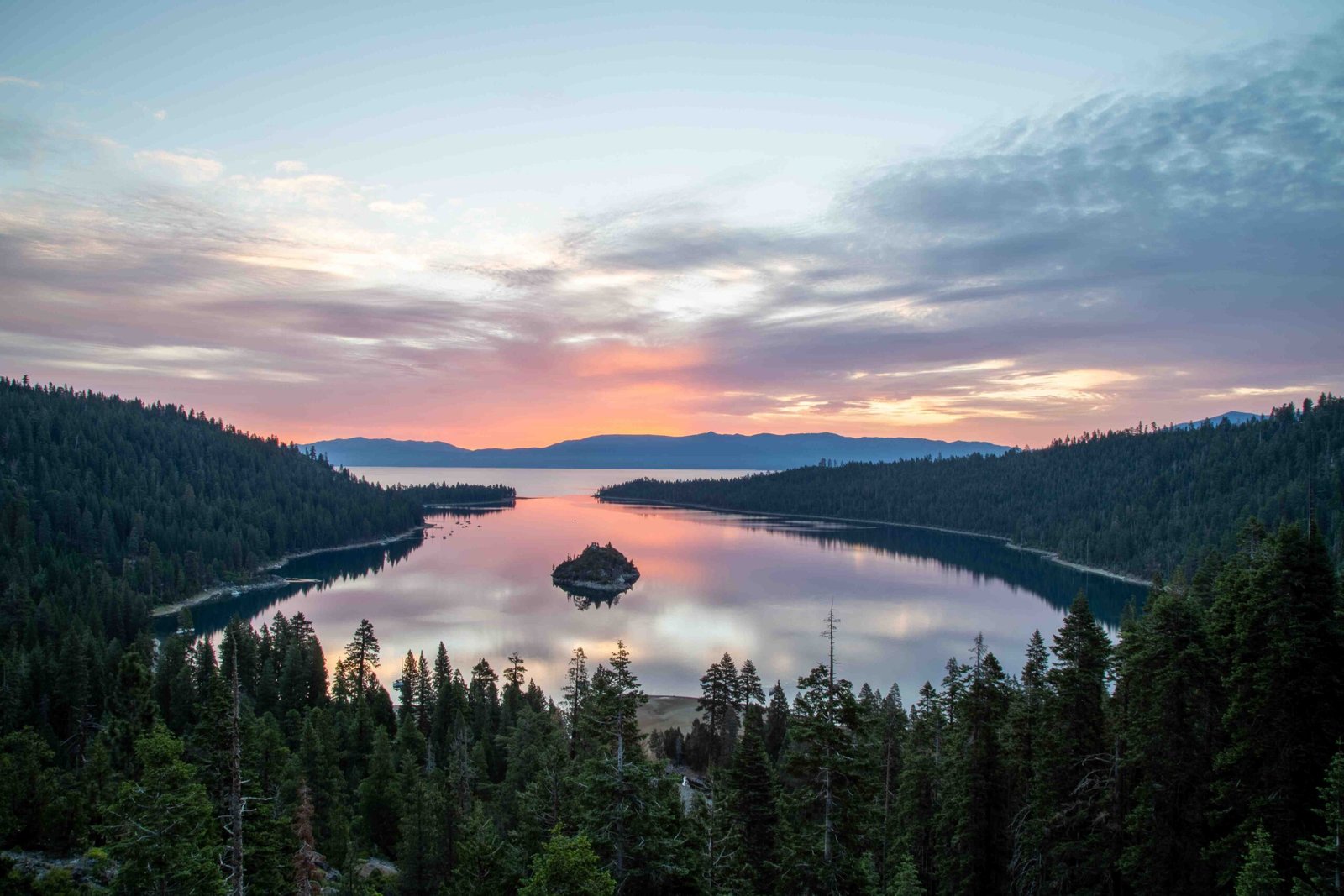Lake Tahoe’s pristine waters are currently under rigorous scientific scrutiny as environmental agencies conduct comprehensive testing for potentially harmful blue-green algae blooms. Recent investigations at multiple beach locations, including El Dorado and Nevada Beaches, aim to protect public health by monitoring cyanobacteria levels, water quality, and potential toxin presence. Authorities are employing advanced sampling techniques to ensure recreational safety and provide timely public advisories about potential environmental risks.
What Triggers Blue-Green Algae in Lake Tahoe?

Blue-green algae proliferation in Lake Tahoe is influenced by several critical environmental factors:
- Temperature Increases: Warmer water temperatures create ideal conditions for algal growth
- Nutrient Concentration: Elevated phosphorus and nitrogen levels accelerate bloom development
- Water Circulation: Stagnant or slow-moving water zones promote algae accumulation
How Are Water Samples Collected?
Water sampling involves a systematic approach:
| Location | Sampling Frequency | Testing Parameters |
|---|---|---|
| El Dorado Beach | Bi-weekly | Cyanotoxin levels, Visual inspection |
| Nevada Beach | Weekly | Saxitoxin detection, Algae concentration |
| Tahoe Keys Lagoons | Continuous Monitoring | Comprehensive toxin screening |
What Health Risks Do Blue-Green Algae Pose?

Potential health consequences of exposure include:
- Skin irritation and rashes
- Respiratory complications
- Gastrointestinal disturbances
- Neurological symptoms in severe cases
Who Is Most Vulnerable?
- Young children
- Pets
- Individuals with compromised immune systems
- Elderly populations
Where Can Visitors Get Real-Time Updates?
Reliable information sources include:
- Lahontan Regional Water Quality Control Board
- Nevada Department of Environmental Protection
- Tahoe Regional Planning Agency
- Official local government websites
- Dedicated environmental monitoring platforms
What Preventive Measures Should Visitors Take?
Recommended safety protocols:
- Avoid areas with visible algae accumulation
- Check official advisories before water activities
- Rinse thoroughly after potential exposure
- Keep children and pets away from suspicious water zones
Current Testing Status
As of the latest reports, no significant toxic levels have been detected in Lake Tahoe’s primary recreational areas. However, continuous monitoring remains essential to ensure public safety and environmental health.
How Can Community Members Contribute?
Citizen involvement is crucial:
– Report unusual water discoloration
– Document potential algae bloom locations
– Participate in local environmental monitoring programs
– Support water conservation efforts
Technical Monitoring Approach
Advanced detection methods include:
– Spectral analysis
– Molecular toxin screening
– Continuous water quality sensors
– Satellite imagery monitoring
What Future Predictions Exist?
Climate change and environmental shifts suggest:
– Increased likelihood of algae bloom occurrences
– Need for more sophisticated monitoring technologies
– Potential long-term ecosystem adaptations
Reference:
– ABC10 News Report
– Medical Xpress Article
– Keep Tahoe Blue Environmental Insights
Disclaimer: Information is current as of publication date and subject to ongoing scientific research and environmental changes.

